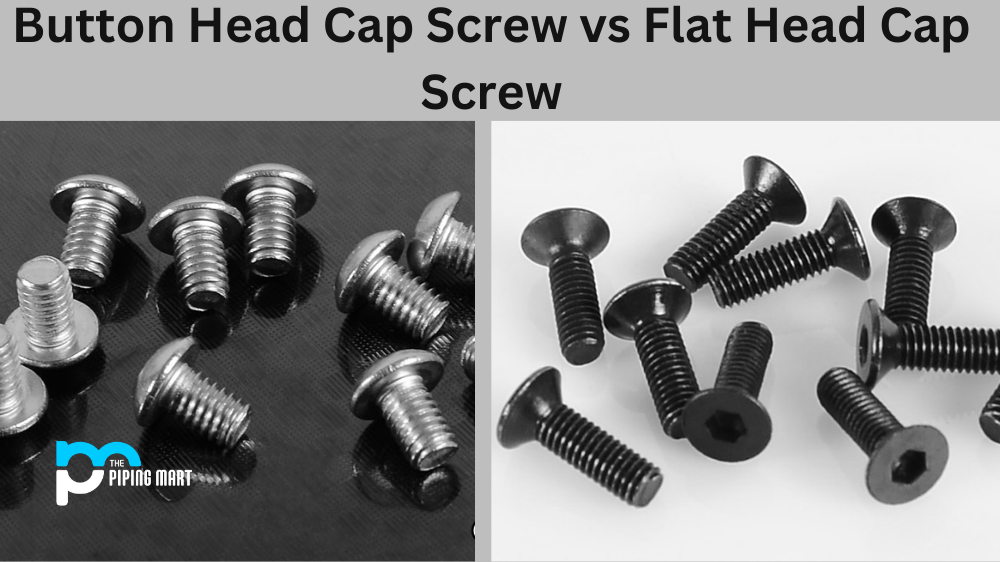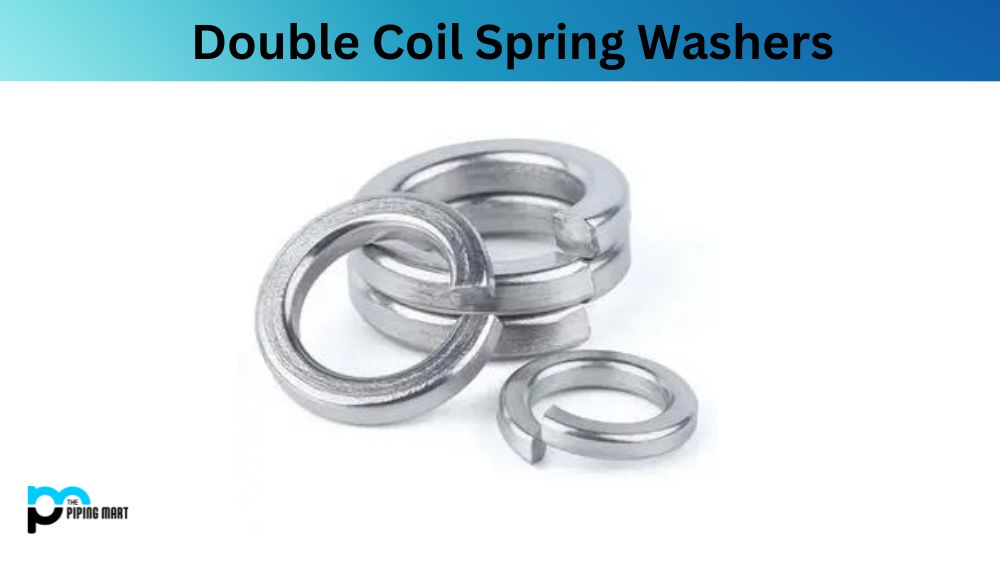Have you ever wondered about the difference between a button-head cap screw and a flat-head cap screw? While they may seem similar, the two have distinct differences. Each type of screw has its unique advantages and disadvantages, making them suitable for different applications. In this blog, we’ll delve into the details of button head cap screws and flat head cap screws, exploring the differences that make them stand out.
What are Button Head Cap Screw?
Button head cap screws are characterized by their low-profile, rounded head shape. These screws are designed to be installed flush with the surrounding surface, which helps to reduce snags or damage. The rounded head also helps to distribute pressure evenly across the surface, which can be especially useful in applications where preventing damage to the surface is essential. Button head cap screws are commonly used in applications that require high-strength fasteners that won’t protrude from the surface. They are also ideal for use in tight spaces where a low-profile head is necessary.
What are Flat Head Cap Screw?
Flat-head cap screws, on the other hand, have a flat top with a tapered underside. The tapered underside allows the screw to sit more flush with the surrounding surface, helping to prevent snags or damage. The flat head also creates a larger contact area with the surface, which makes it easier to distribute pressure more evenly. Flat-head cap screws are often used when a flush fit is required or when the screw needs to be countersunk into the surface. They are also popular in applications where the screw will be exposed, and aesthetics are important, as the flat head gives a clean and sleek look.
Key Differences:
The main difference between these two types of screws is their head shape and profile. Button head cap screws have a rounded head that is designed to be flush with the surface, while flat head cap screws have a flat top with a tapered underside. Additionally, button-head cap screws are designed for high-strength applications where a low-profile head is necessary, while flat-head cap screws are used when a flush fit is required or when the screw needs to be countersunk into the surface.
Uses:
Button head cap screws are commonly used in applications such as machinery, automotive, and aerospace, where a low-profile head is necessary. They are also widely used in robotics and automation, where space is limited, and it’s important to avoid snagging delicate components. Flat-head cap screws are used in a wide range of applications, from woodworking to metalworking. They are especially suitable for use in furniture manufacturing, as they create a clean and sleek finish when the screws are visible.
Conclusion:
Both button-head cap screws and flat-head cap screws have unique advantages and disadvantages that make them suitable for different applications. So, which type should you use? It all depends on the specific application you require. If you need a high-strength fastener with a low-profile head that won’t protrude from the surface, then a button head cap screw may be the way to go. But if you require a flush fit or countersinking into the surface, then a flat-head cap screw may be more suitable. Understanding the differences between these two types of screws can help you make an informed decision when it comes to selecting the right fastener for your job.
Sakshee is a talented blogger, with a particular focus on the Business and Metal Industry. She is passionate about sharing her insights on various metal products and helping professionals to make a better decisions.




